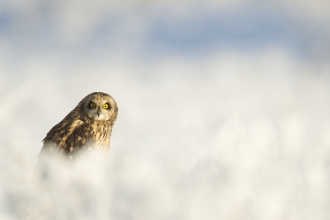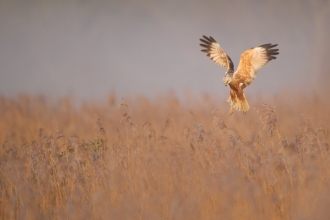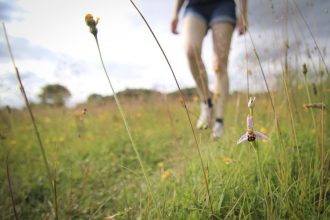There is something special about barn owls. With big, dark eyes and delicate, white feathers, they are amongst our most recognisable and well-known British birds. Throughout history there have been stories and nicknames for barn owls that illustrated people’s feelings towards them at the time, including ghost owl, church owl, screech owl and even demon owl. Their appearance is quite unlike our other owl species, they are silent in flight, and their call is a piercing, eery screech instead of a hoot, so is understandable that people were wary of them. Thankfully, in our modern times, we understand barn owls much better than previous cultures and the birds are now well-liked (as they should be).
Catching a glimpse of a barn owl is real treat, and its unique appearance makes it easy to identify. While most owls are a brown or grey in colour, the barn owl has a mottled grey and buff back, and its underside is a brilliant, pure white. Its face is also white, and heart-shaped, topped off with a pair of dark, mournful eyes.







